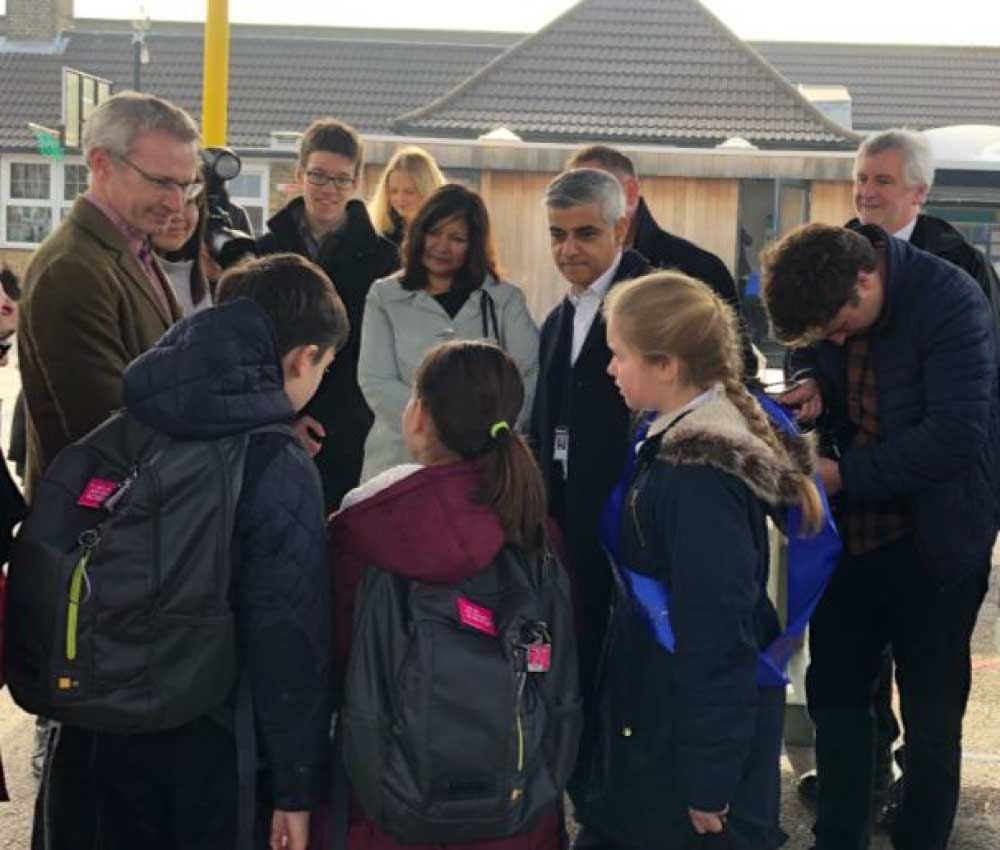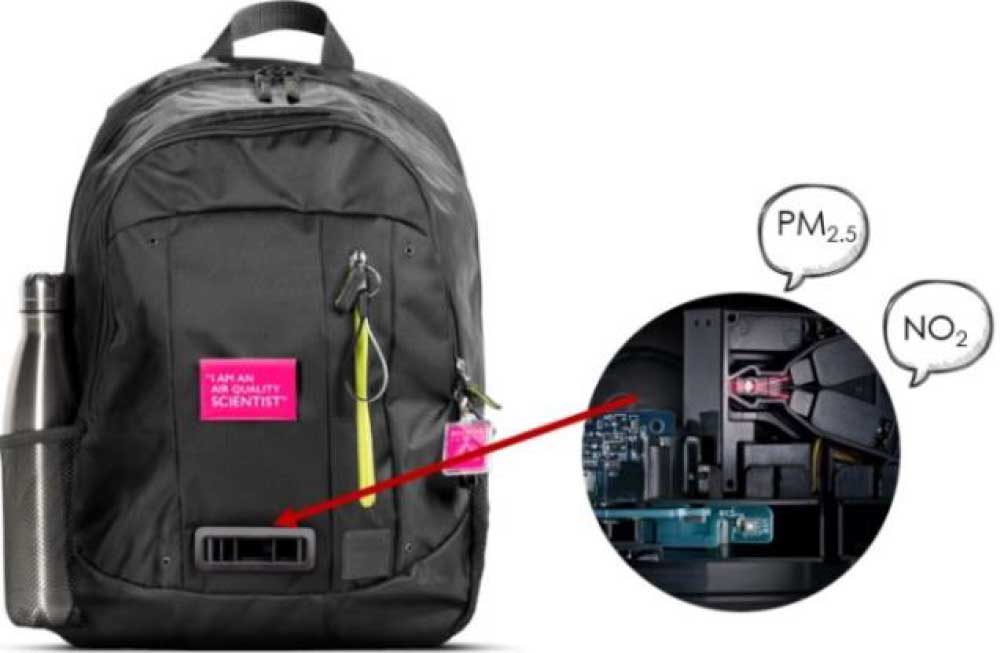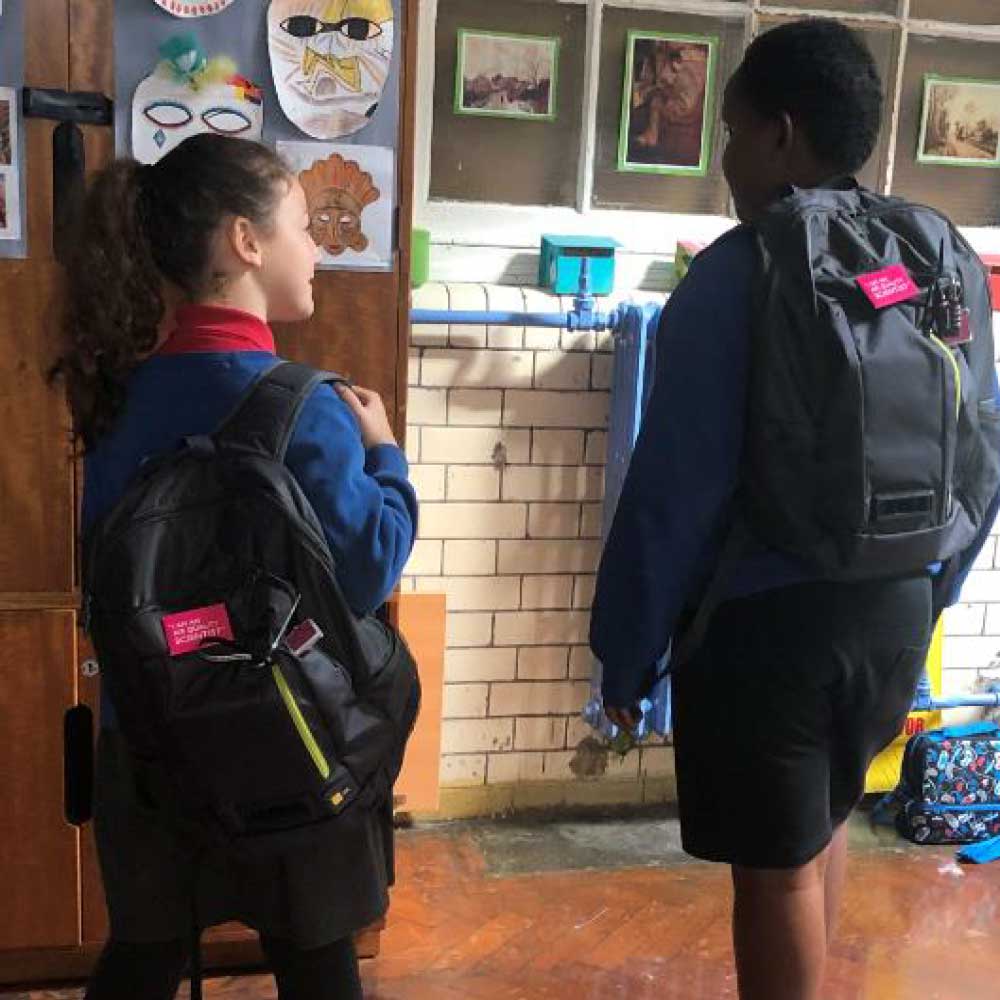Exposure to air pollution is a public health concern accountable for wide ranging health problems and tens of thousands of premature deaths each year in the UK. Children are particularly vulnerable to the harmful effects of air pollution.
In order to understand how children are exposed to this risk, and where and when the risks are highest, during spring 2019, five London primary schools took part in the Breathe London Wearables study. The aim was to characterise London school children’s exposure to air pollution and present this information in a way that the school community could understand, relate and act upon. The five participating schools were part of the 2017 Mayor’s School Air Quality Audit Programme, carried out in 50 primary schools located in the most polluted areas of London.





